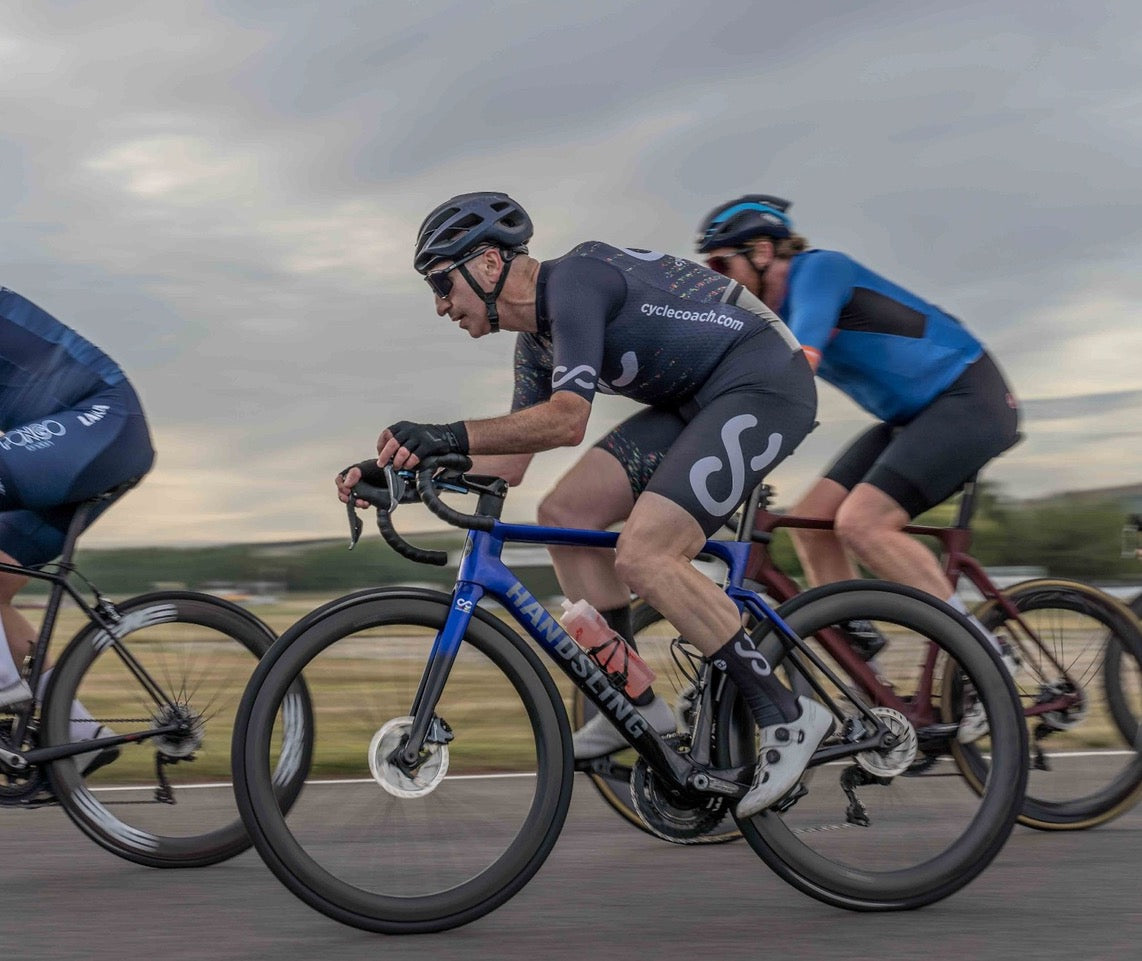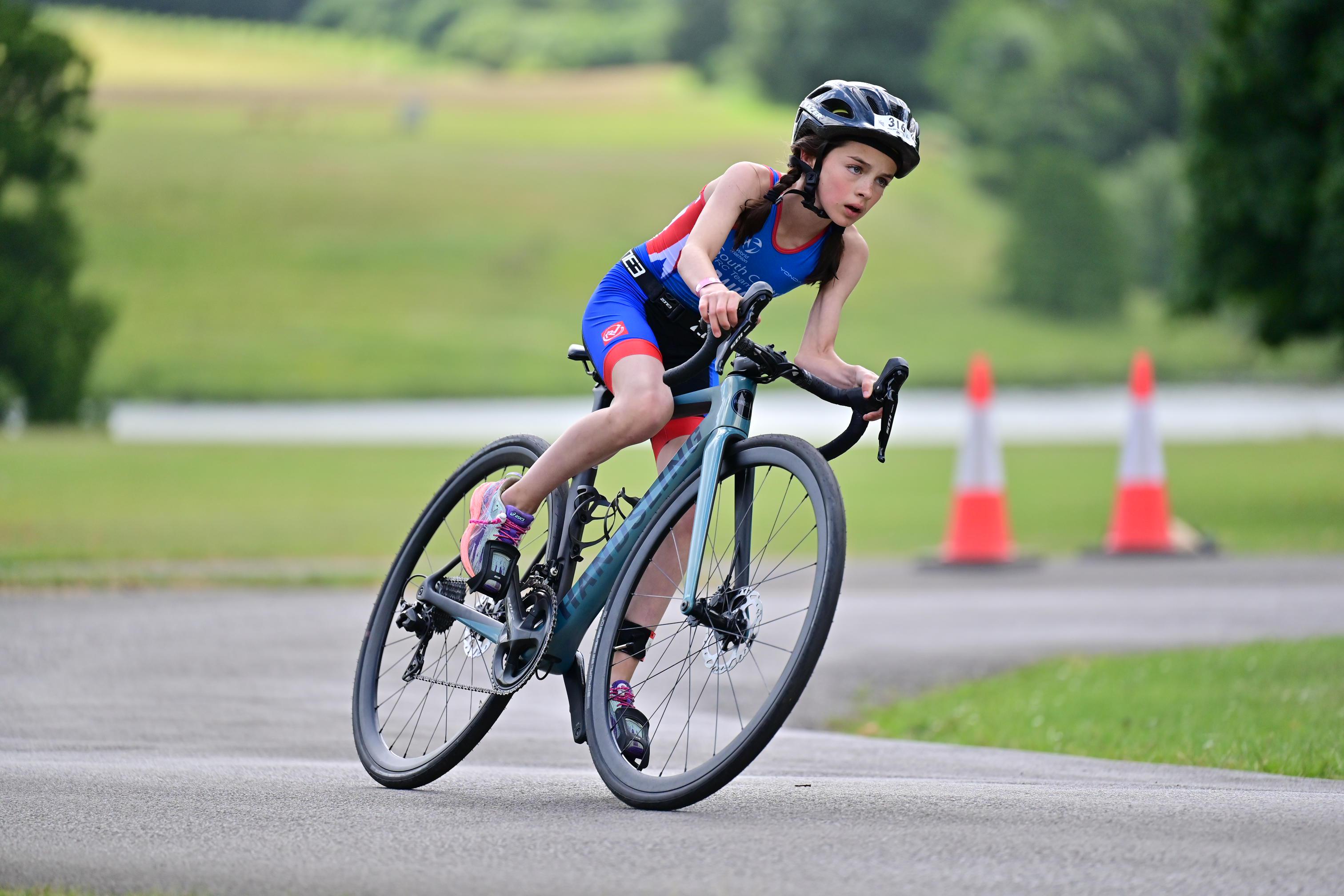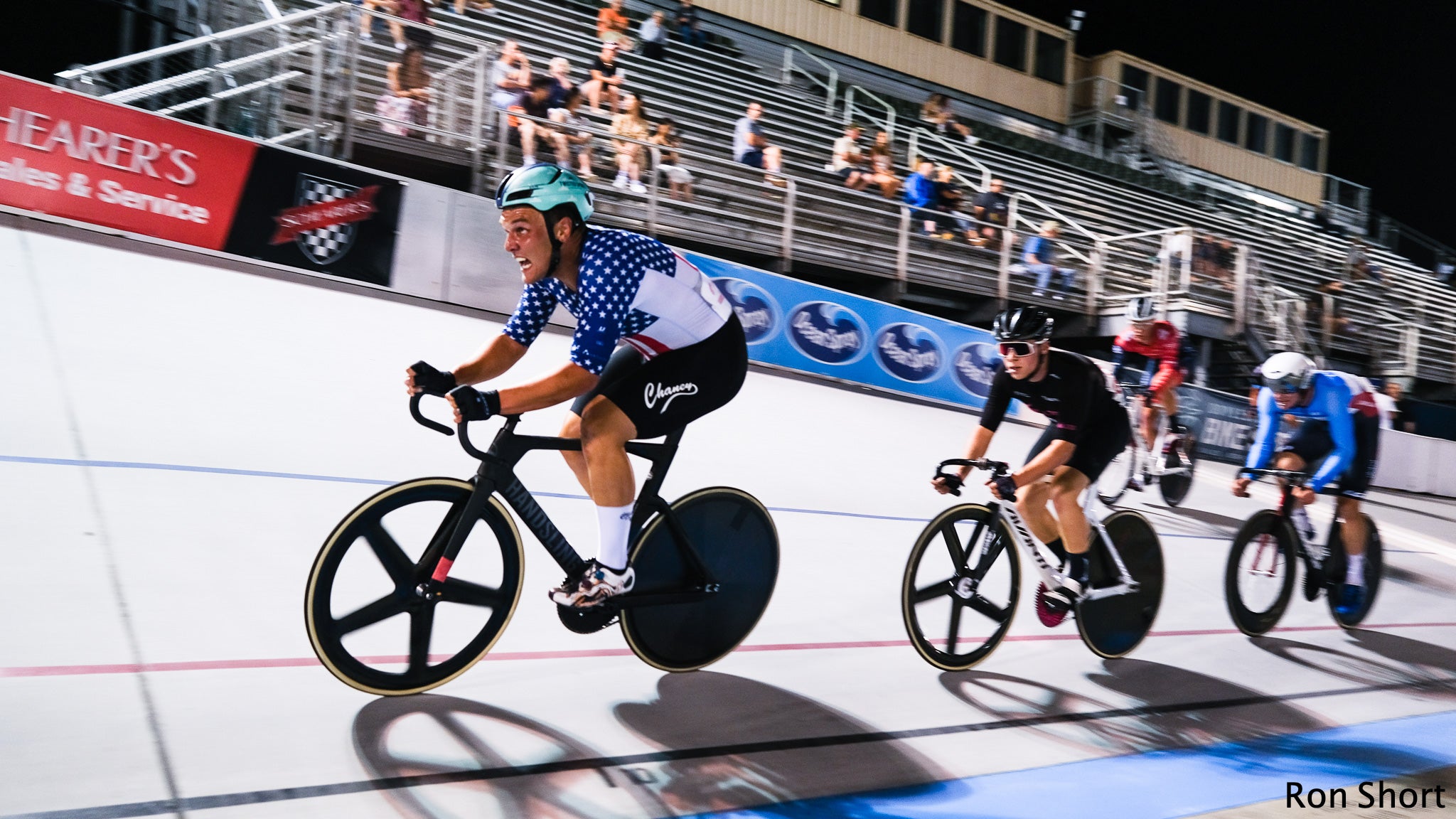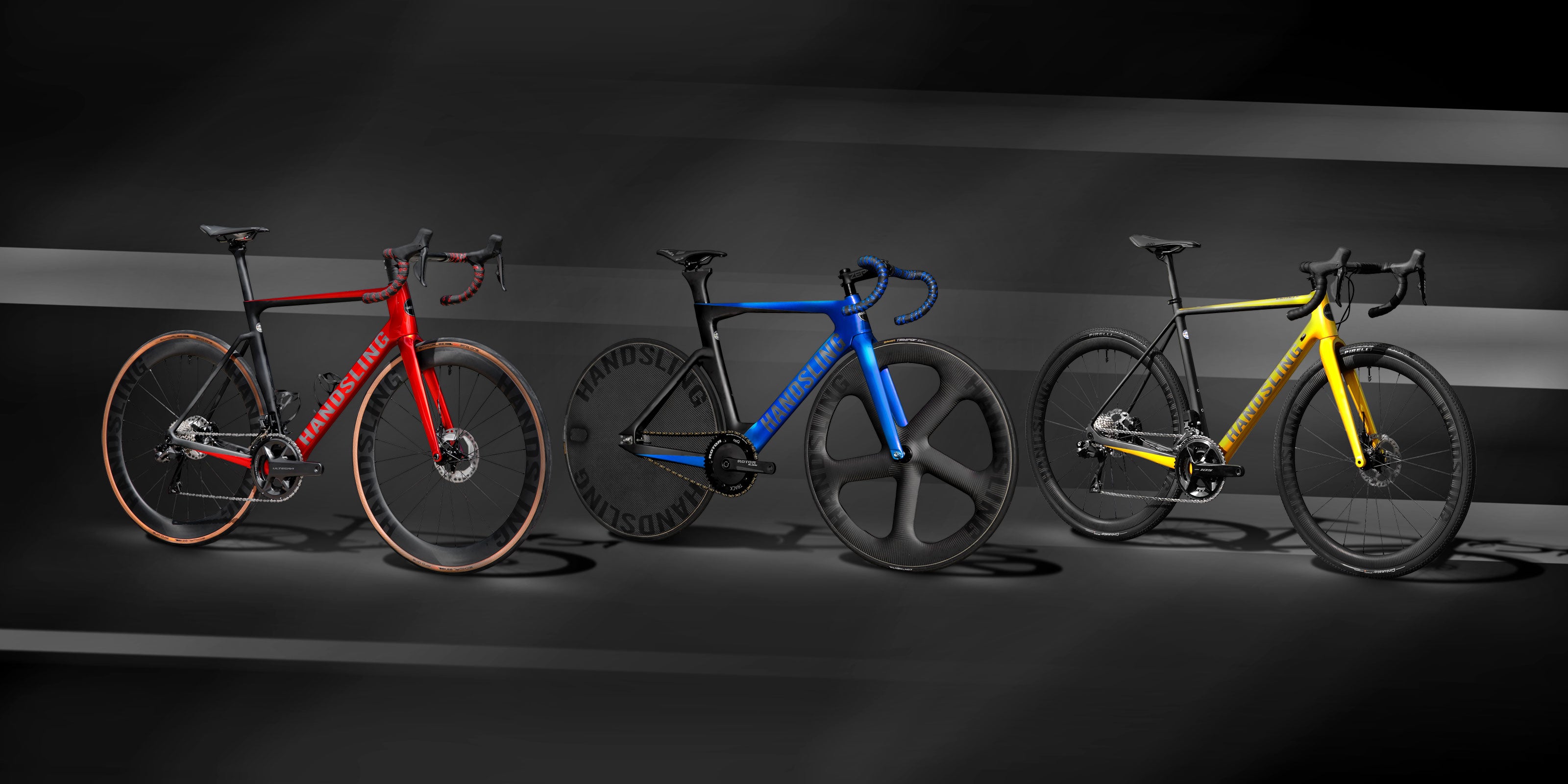
Most cyclists want to ride their bike faster, but with a wealth of information available on training techniques, it's hard to know what program works best for which rider. Handsling caught up with cycling coach and A1R0evo rider Ric Stern to get his thoughts on modern training methods and how to get the best from them.
Q: How has the science of cycling training developed over time?
A: In cycling it's relatively easy to measure how hard you’re cycling, therefore cycle training and the physiology of it has been studied for a long time. Over the last 100 years there has been quite a lot of research looking into how cyclists train and ways to optimise training fitness.
Q: What are the main training methods used in modern cycling?
A: Currently, there are three main training paradigms on how cyclists should train to increase their fitness. These are threshold, polarized and pyramidal.
A: Currently, there are three main training paradigms on how cyclists should train to increase their fitness. These are threshold, polarized and pyramidal.
Q: Which is used most commonly by riders lacking time to train?
A: Many time-crunched athletes apply threshold training. This training generally takes place around threshold, often referred to as FTP (functional threshold power) and just below threshold, often referred to as sweetspot or MIET (moderately intensive endurance training).
A: Many time-crunched athletes apply threshold training. This training generally takes place around threshold, often referred to as FTP (functional threshold power) and just below threshold, often referred to as sweetspot or MIET (moderately intensive endurance training).
Q: How do pro cyclists typically train?
A: It is thought that many professional cyclists use polarized training in which the training is split into either steady endurance work or very hard intervals. Essentially, there is no training done at a moderate level. Training is split so that about 80% of the sessions are endurance based and roughly 20% are high intensity.
A: It is thought that many professional cyclists use polarized training in which the training is split into either steady endurance work or very hard intervals. Essentially, there is no training done at a moderate level. Training is split so that about 80% of the sessions are endurance based and roughly 20% are high intensity.
Q: How does pyramidal training work?
A: Pyramidal training is split into steady endurance work, very hard intervals and some middle of the road efforts. The split is typically 70% endurance, about 25% middle of the road efforts, and about 5% high intensity. The figures refer to the number of sessions, not actual time in zones. This is also a common method among professional cyclists.
A: Pyramidal training is split into steady endurance work, very hard intervals and some middle of the road efforts. The split is typically 70% endurance, about 25% middle of the road efforts, and about 5% high intensity. The figures refer to the number of sessions, not actual time in zones. This is also a common method among professional cyclists.
Q: How can a cyclist choose the right plan?
A: This is where things become more complicated, because different people have different goals, different starting points, different strengths and weaknesses, and different amounts of time to train. If you’re a pro doing 35 hours a week then simply due to this massive training volume, you’ll have to generally cycle at mainly endurance pace.
Q: Many amateur cyclists try to maximise their limited training time by going as hard as possible. Are there any downsides of this approach?
A: There is evidence that mainly doing endurance work, even within such a short time frame, may actually be better for performance outcomes than just doing really intense sessions. This is because, in part, that just ‘smashing it’ is extremely mentally and physically draining, can lead to overtraining, and also to burn out.
A: There is evidence that mainly doing endurance work, even within such a short time frame, may actually be better for performance outcomes than just doing really intense sessions. This is because, in part, that just ‘smashing it’ is extremely mentally and physically draining, can lead to overtraining, and also to burn out.
Q: Which training method do you use?
A: I take an approach that all the paradigms are good, at least some of the time, and therefore borrow from each of them, or use different ones at different times of the year in relation to the my goals.
For more information, please visit https://www.cyclecoach.com/cycle-coach-services
A: I take an approach that all the paradigms are good, at least some of the time, and therefore borrow from each of them, or use different ones at different times of the year in relation to the my goals.
For more information, please visit https://www.cyclecoach.





Leave a comment
This site is protected by hCaptcha and the hCaptcha Privacy Policy and Terms of Service apply.